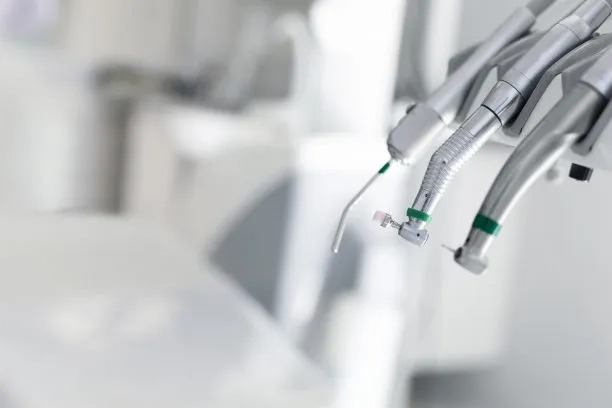Understanding the Process and Recovery of Extracting a Tooth for Optimal Oral Health
Summary: Understanding the process of tooth extraction is crucial for maintaining optimal oral health. This procedure, often deemed necessary due to various dental issues, involves a well-defined sequence from pre-extraction consultations to post-operative care. Recovery plays a significant role in ensuring long-term oral health, emphasizing the importance of following professional guidance. This article delves into four key aspects of tooth extraction: the clinical process, the reasons for extraction, the recovery phases, and essential aftercare tips. Each section aims to provide a comprehensive view of tooth extraction, empowering patients with knowledge to navigate this common dental procedure confidently.
1. The Clinical Process of Tooth Extraction

The clinical process of tooth extraction begins with a thorough examination and assessment by the dentist. This may involve X-rays and other diagnostic tools to determine the best course of action. Understanding the condition of the tooth and surrounding tissues is essential, as it informs the extraction technique and anesthesia options that will be utilized.
During the actual extraction, the dentist administers a local anesthetic to numb the area surrounding the tooth. In some cases, sedation may be employed to help anxious patients cope with the procedure. Once the area is numb, the dentist carefully loosens the tooth using special instruments and removes it from its socket, ensuring minimal trauma to the surrounding tissues.
After the extraction, the dentist will provide instructions for care during the initial recovery phase. Patients might receive gauze to bite down on, which helps control bleeding and promotes blood clot formation. This step is crucial for proper healing and aids in preventing complications.
2. Reasons for Tooth Extraction
Tooth extraction may be necessary for a variety of reasons, the most common being severe tooth decay or damage. When a tooth is beyond repair, extraction becomes the viable solution to alleviate pain and prevent further oral health complications. Additionally, impacted wisdom teeth often require removal due to potential crowding and alignment issues.
Another reason for tooth extraction is periodontal disease, which can lead to tooth mobility and infection. In such cases, removing the affected teeth may be essential to manage the disease and preserve the integrity of surrounding teeth. Furthermore, orthodontic treatments occasionally necessitate extractions to create space and facilitate proper alignment of the remaining teeth.
In some situations, tooth extraction may also be suggested as a preventive measure. For instance, teeth that are at high risk of future complications due to genetic predisposition might be removed proactively to avoid more extensive procedures later on.
3. Recovery Phases after Tooth Extraction
The recovery phase begins immediately after the extraction procedure. Patients will likely experience swelling and discomfort, which can be managed with prescribed pain relief and the application of ice packs. Understanding these initial symptoms is vital for anticipating and addressing post-operative challenges effectively.
Within the first few days of recovery, the body begins healing. A blood clot will form in the extraction site, which is critical for preventing excessive bleeding and beginning tissue regeneration. Its essential to avoid disturbing this clot, as doing so can lead to complications such as dry socket, a painful condition where the underlying bone becomes exposed.
Additionally, the recovery period involves monitoring for any signs of infection, such as increased pain, swelling, or fever. Patients should follow their dentists aftercare instructions diligently, which may include a diet of soft foods and prescribed antibiotic use to support healing and prevent complications.
4. Essential Aftercare Tips Post-Extraction
Post-extraction care is fundamental for optimal recovery. Patients should be advised to limit physical activity for at least 24 hours after the procedure. This helps reduce the risk of bleeding and allows the body to focus on healing the extraction site.
Maintaining proper oral hygiene is crucial, but patients should avoid brushing directly on the extraction site for the first few days. Instead, gentle rinsing with warm salt water can help keep the area clean and promote healing while minimizing the risk of infection.
Lastly, keeping follow-up appointments with the dentist is important for assessing the healing process and addressing any concerns that may arise. The dentist can provide further guidance on resuming normal activities and dietary habits as recovery progresses.
Summary:
In summary, understanding the process and recovery related to tooth extraction is vital for ensuring optimal oral health. Patients must be aware of the clinical steps involved, the reasons for extraction, the recovery phases, and essential aftercare tips. This knowledge empowers individuals to navigate dental procedures with confidence, leading to better outcomes and long-term oral health.
This article is compiled by Vickong Dental and the content is for reference only



